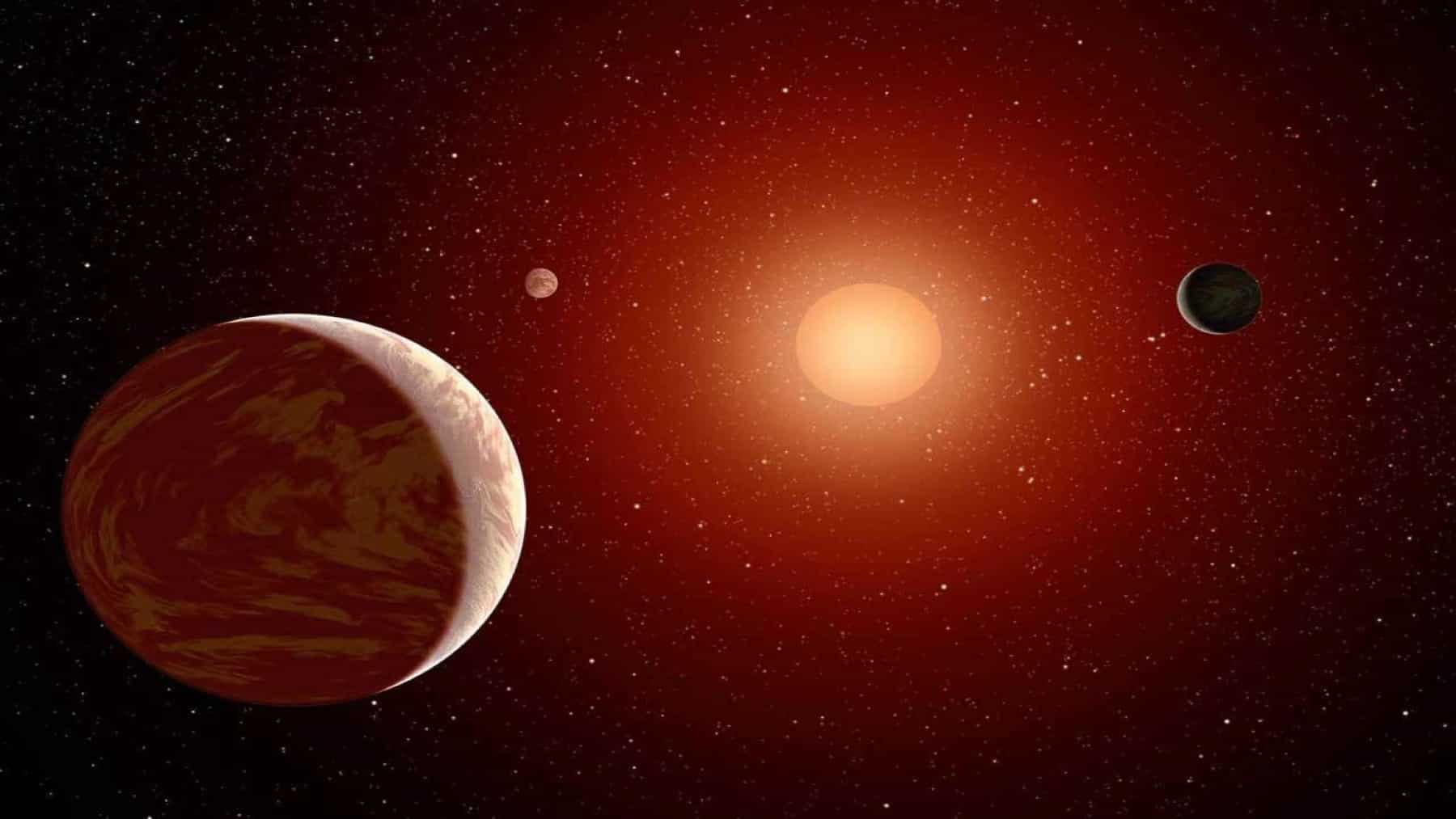Do you ever look up at the night sky and wonder if there was ever anything else beyond the darkness? Ancient scientists have also explored this concept, and until Galileo’s discovery, humanity had no way to prove it. For decades, with the aid of advanced technology and telescopes, NASA has and continues to prove that there is much more beyond.
NASA announces faint new planetary discoveries
Researchers from NASA have led many incredible discoveries, and one of them is to complete what Galileo started: uncovering the unknown crowd of planets above us. Officials at the agency have this mission as a priority and have, for many decades, gathered various pieces of evidence that reveal the vast scale of planetary bodies, however faint or distant they may be from us.
If we can barely see these distant planets, how has NASA been able to notice them? Researchers and astronomers at NASA have continually used the transit mechanism. This is a technique where advanced telescopes are used to scan the sky for patches or fractions of planets passing. When these form repeated patterns, they become clues into existing planet forms.
However, despite the millions of objects wandering our colossal system, the ones of particular interest to us in this article are exoplanets. According to NASA, the official number of exoplanets discovered has reached 6000. This number has been monitored for years and confirmed by NASA’s Exoplanet Science Institute (NExScl) in Pasadena, California.
Where worlds are counted: An overview of NASA’s exoplanet dashboard
Exoplanets are one of the most fascinating objects outside of our solar system. They are free-floating objects that appear like substellar objects. The recent announcement from the agency confirms what astronomers suspected when they discovered the first exoplanet in 1995.
Cosmic exoplanets have been observed in various shapes and sizes. Some are known to appear rocky; others appear like massive gas giants, many times larger than the mass of Jupiter. These sub-planets, like Earth, are made up of hydrogen and helium. For three decades, NASA has observed these planets for proof of life, but nothing prepared them for this incredible milestone.
In addition to this incredible milestone, the agency has also uncovered many other worlds beyond astronomical imaginations, like lava-planets with proximity to their stars or hot-jupiters that exhaust and mimic the size and structure of Earth. This, together with exoplanets, was discovered using NASA’s James Webb Space Telescope (JWST), just like this rare cosmic event discovery, amazing scientists.
NASA explains why most exoplanets cannot support life
Through the decades that NASA has investigated this phenomenon of exoplanets, one question keeps recurring. Do they support or host any form of life? The response from NASA has remained the same. Although exoplanets have many habitable traits, they fail to meet many requirements necessary to be called a planet like:
Must be rocky rather than gaseous.
Must have an atmosphere that deflects harmful.
The exoplanet must have a strong magnetic field.
A turning point: What this discovery means for humanity
When you think about it, what does it mean for us that thousands of other worlds exist beyond our planet? If anything, it restructures us to value our rarity as the only planet to host humans. Also, if scientists could discover 6000 exoplanets within 3 decades, it could mean a million more are out there.
What does this mean for future space explorations? If it is confirmed that more exoplanets exist, it means NASA could be on the edge of something with much more potential than ever before. To end this article with our initial thought process, this discovery of over 6000 exoplanets makes our planet less alone in the universe. Even though these planets are faint and very distant, NASA is planning to develop a different type of civilization, just like this bizarre ocean-twin planet discovery.

